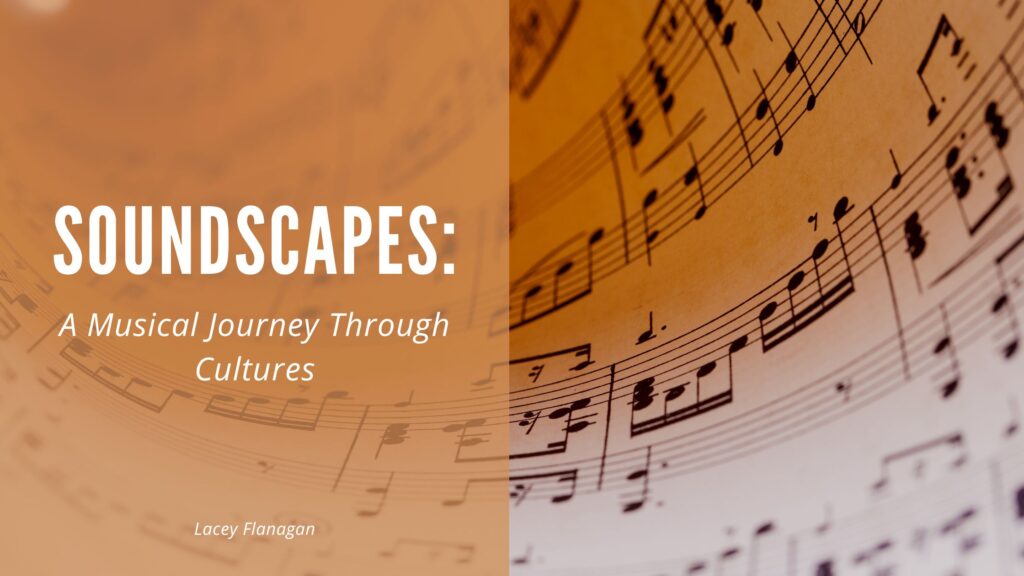
In the vast tapestry of human expression, music emerges as a universal language that transcends borders, connecting people across cultures and continents. Soundscapes, as a concept, encapsulate the rich and diverse musical traditions that define the cultural identities of communities worldwide. A musical journey through soundscapes is a transformative experience, allowing listeners to immerse themselves in the rhythms, melodies, and harmonies that echo diverse cultures’ stories, emotions, and histories.
Cultural Rhythms and Percussion:
The heartbeat of any musical landscape lies in its rhythms, and diverse cultures worldwide infuse their music with distinctive percussive elements. From the syncopated beats of West African drumming to the intricate tabla patterns of Indian classical music, percussion instruments serve as cultural anchors, reflecting their respective communities’ history, spirituality, and social dynamics.
Melodic Traditions and Instruments:
Melodies, shaped by unique instruments, create the melodic contours of a culture’s musical identity. The haunting strains of the sitar in Indian classical music, the soulful wail of the blues guitar in the American South, and the ethereal sounds of the Chinese guzheng—all contribute to the rich mosaic of global soundscapes.
Vocal Expressions and Storytelling:
Vocal traditions are powerful storytellers within soundscapes, conveying the narratives, emotions, and linguistic nuances of cultures. From the operatic arias of Italy to the passionate flamenco singing of Spain and the rhythmic chants of Indigenous cultures, vocal expressions become vessels for cultural narratives.
Fusion and Cross-Cultural Collaboration:
Soundscapes reflect the increasing fusion of musical styles and cross-cultural collaborations as the world becomes more interconnected. Genres like jazz, which emerged from the fusion of African rhythms, European harmonies, and American improvisation, exemplify the dynamic nature of musical evolution.
Ceremonial and Ritualistic Music:
Soundscapes are often intrinsically tied to ceremonial and ritualistic practices, serving as conduits for spiritual expression and communal bonding. Whether it’s the sacred chants of Gregorian monks, the devotional qawwali performances in Sufi Islam, or the rhythmic drumming of ceremonial dances in Indigenous cultures, music plays a central role in shaping the sacred and the ceremonial.
Technological Innovations and Contemporary Soundscapes:
The advent of technology has transformed soundscapes, providing new avenues for musical expression and collaboration. Electronic music, hip-hop, and digital sampling have become integral parts of contemporary soundscapes, pushing the boundaries of sonic exploration.
Social Commentary and Protest Music:
Soundscapes are not only reflective of cultural traditions but also serve as platforms for social commentary and protest. From the politically charged folk anthems of the 1960s to the hip-hop narratives addressing systemic issues, music becomes a vehicle for expressing dissent, challenging societal norms, and advocating for change.
Global Accessibility and Music Streaming:
In the digital age, music streaming platforms have made soundscapes more accessible. Listeners can embark on a musical journey through cultures with a simple click, exploring playlists curated to showcase the diversity of global soundscapes.
A musical journey through soundscapes is a voyage of discovery, connecting listeners to the vast and diverse expressions of human creativity. It explores cultural nuances, sonic landscapes, and the shared human experience that music encapsulates.
